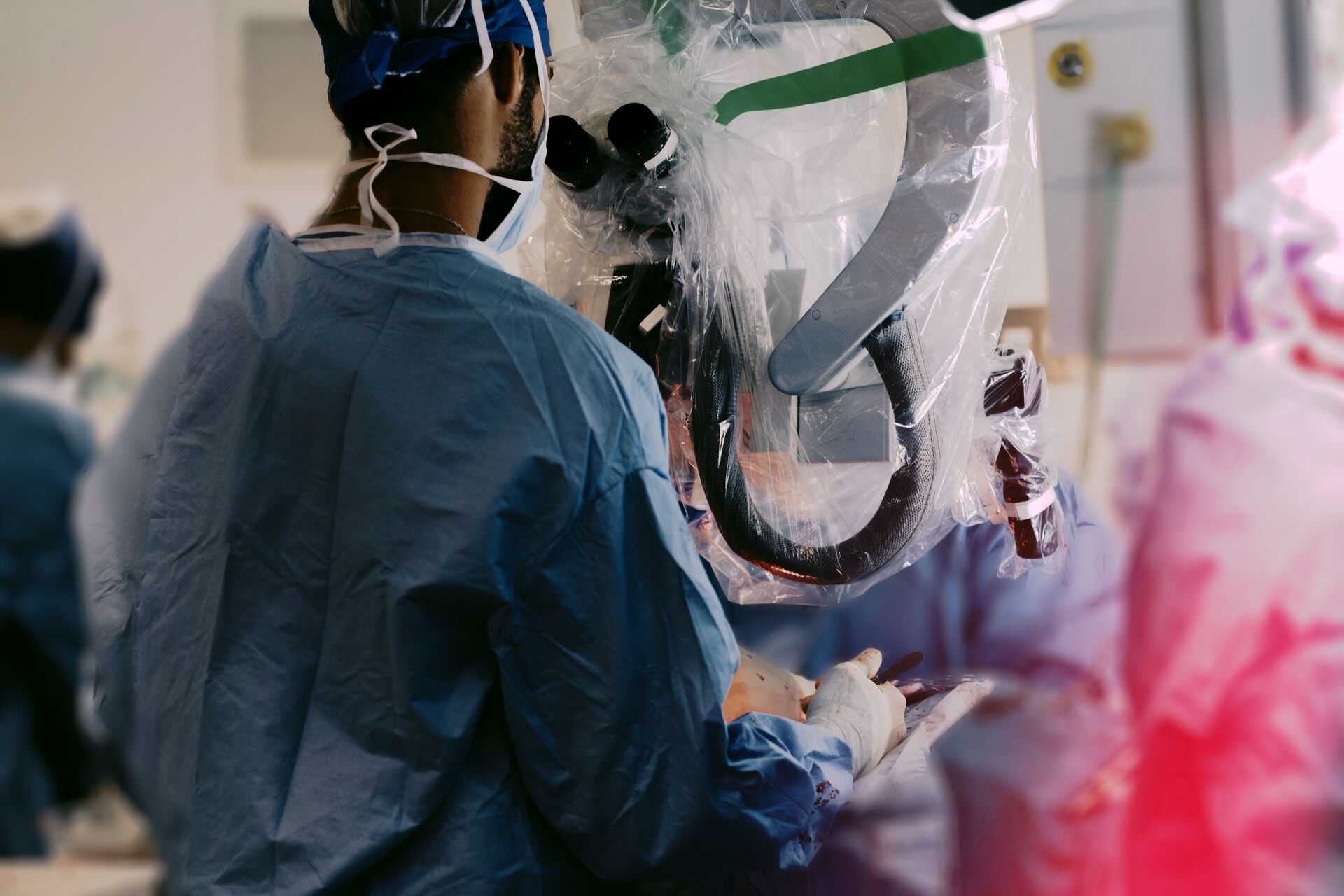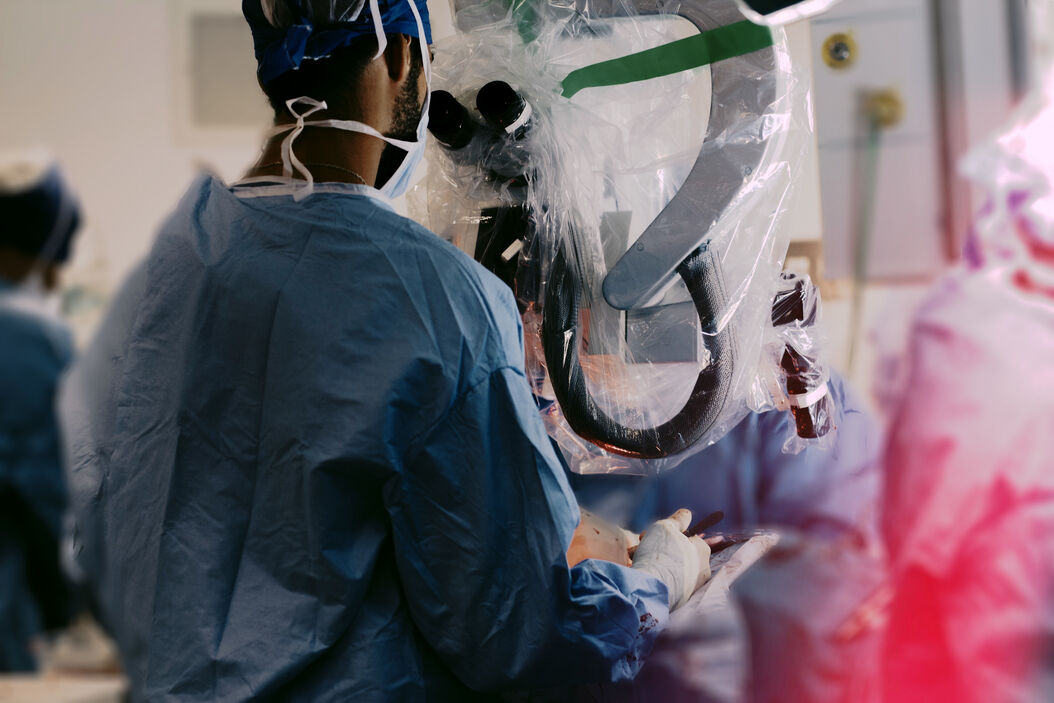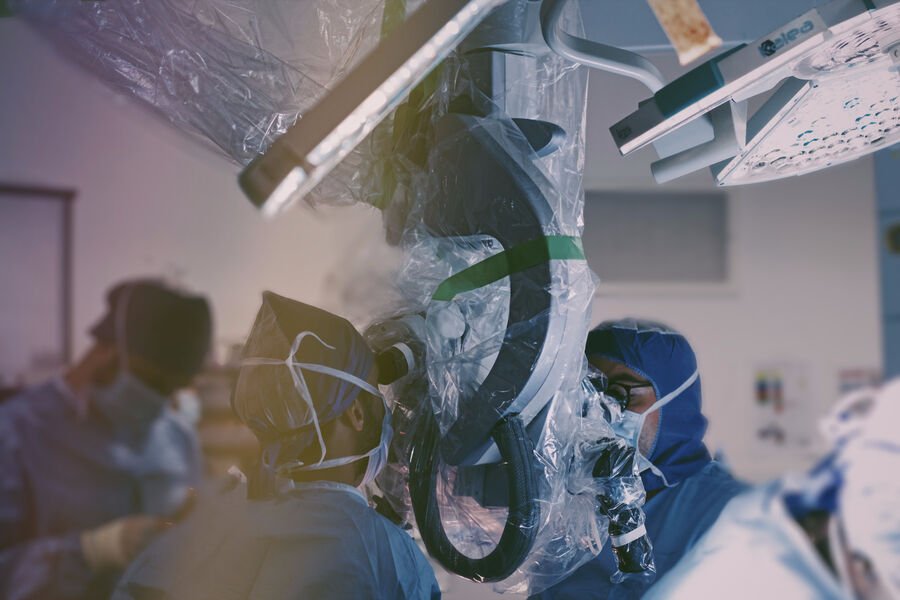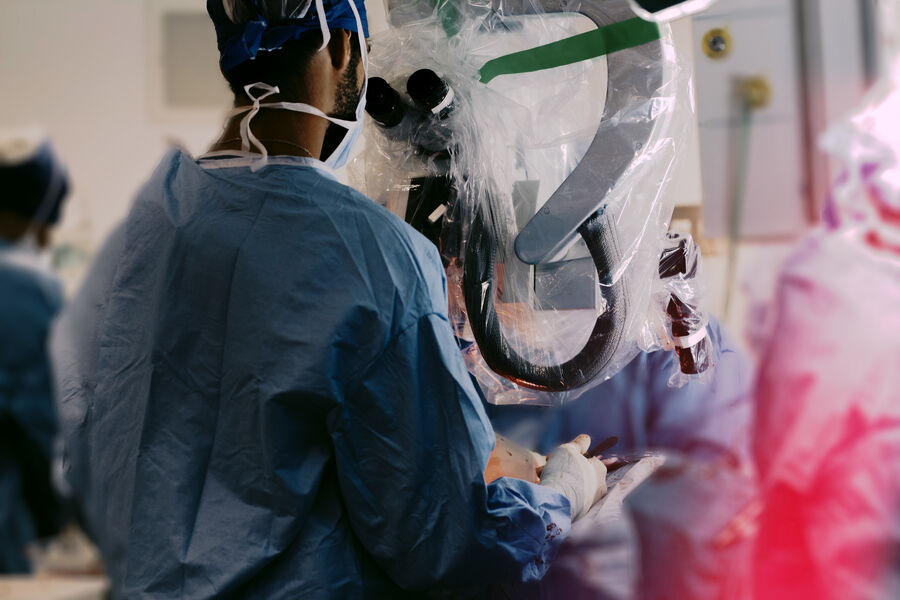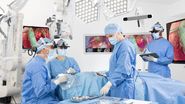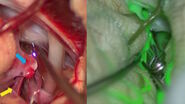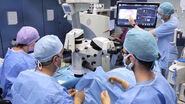Dr. Romain Bosc is a Plastic, Reconstructive and Cosmetic Surgeon at the Henri Mondor Hospital in Créteil, France. He has relied on Leica microscopes for several years. He regularly performs microsurgery procedures using his microscope. We asked him to share his experience.
Three questions to Dr. Romain Bosc
What does the use a microscope rather than binocular glasses bring to your practice?
"It's such an improvement over glasses that it's hard to make comparisons. But I would say the main benefits of using a microscope for Plastic & Reconstructive surgeries are the illumination, the ability to adjust the magnification level, the visual comfort and the very wide field of view.”
What do you like about your Leica Microsystems microscope?
"The Leica microscope has excellent maneuverability. In addition, it has a compact design, minimizing the space required in the operating room. And the machine is easy to get to grips with: I know it perfectly well and know how it works.”
For which surgeries would you recommend that your colleagues switch to a microscope?
"I can think of four situations in particular:
- Replantation of limbs and fingers: it’s obvious, there is no better option than using a microscope;
- Breast reconstruction surgeries: here too, the microscope can make a real difference because of the distance from the operating field;
- Head and neck flaps with vessel anastomoses of less than 3mm or when anastomoses are performed in the mouth. In this case, the surgical site is also too far away to operate in good conditions without a microscope;
- Lymphatics obviously, there is just no realistic alternative.”
Do you want to know more?
Contact us and discover Leica Microsystems plastic and reconstructive surgery microscopes, with customizable options to fit your needs.
Note: The statements of the healthcare professional in this article reflect only his opinion and personal experience and do not necessarily reflect the opinion of any institution with whom he is affiliated.
